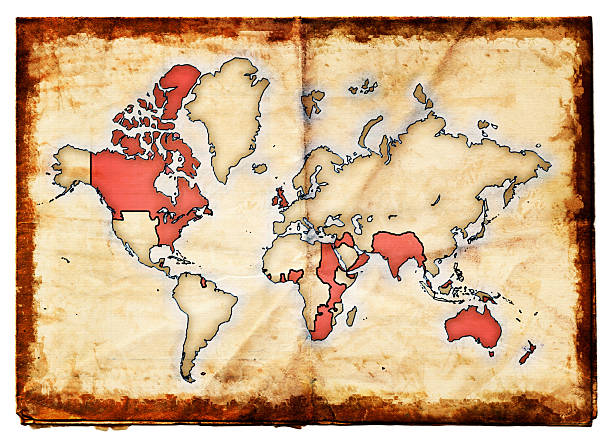Geographical data is important for business for many reasons. Perhaps the most obvious reason is that businesses need to know where their customers are in order to target them effectively with marketing and advertising. If a business wants to sell products or services in a specific geographic area, it needs to know the demographics of that area so that it can tailor its marketing efforts to reach the right people.
Geographical data can also identify potential new markets and areas where a business may not have a strong presence yet. This information can help businesses make strategic decisions about where to allocate their resources in order to maximize their profits. Further, by knowing the demographics of their competitors’ customer bases, businesses can develop marketing strategies that will differentiate them from the competition and identify areas where they may be able to find new opportunities for expansion.
There are many ways to use data visualization to make sense of geographical data, but one of the most useful ways is the geo chart. Keep reading to learn more about geo charts, including how to create one.
What is a geo chart?
A geo chart, also called a map chart, is a chart that displays geographic information. It can show data on a variety of different map types, including political boundaries, physical features, and population data. Geo charts can be used to show trends over time, compare different regions, or investigate correlations between different data sets.
How do you create a geo chart?
Creating a geo chart is a great way to visualize your data on a map. By plotting your data points on a map, you can see patterns and trends that would be difficult to see on a standard chart. There are many different ways to create a geo chart, and the method you choose will depend on the data you are working with. One common method is to use a spreadsheet program like Excel to create a table of data. This data can then be used to create a geo chart using a mapping program like Google Maps or Mapbox. Another method is to use a data visualization program like Tableau or QGIS. These programs allow you to create maps without needing to create a table of data first.
Once you have your data in a format that can be used to create a geo chart, the next step is to choose a mapping program. If you are using a spreadsheet program, you can use the built-in mapping features to create a geo chart. If you are using a data visualization program, you can choose from a variety of mapping programs that are compatible with that program.
Once you have chosen a mapping program, the next step is to create your map. This will involve adding your data to the map and formatting it to create the desired chart. Most mapping programs have a variety of tools that allow you to customize your map, so be sure to experiment until you find the settings that work best for you. Once your map is created, you can share it with others or export it for further use.
There are a number of best practices to follow when creating geo charts. First, ensure that the initial data is correctly formatted. The data should be in a comma-separated values (CSV) format, with each row representing a point on the map. The column headers should be the longitude and latitude values of each point, and you also need to correctly label the axes with the longitude and latitude values. Further, be sure to use colors that make sense for your chart and are easy to distinguish from each other. This will help ensure that your geo chart is easy to read and understand.
How can businesses use geo charts?
One of the most popular ways businesses use geo charts is to understand customer behavior. By mapping out where customers are coming from and what areas they are spending the most money in, businesses can get a better understanding of where they should be focusing their efforts. Additionally, businesses can track how loyal customers are to different areas and identify any high-risk areas.
Another way businesses can use geo charts is to track sales and marketing campaigns. By mapping out where customers are coming from and how they are interacting with the business, businesses can see what marketing campaigns are working and where they should be concentrating their efforts. Additionally, businesses can track the success of individual products and see how well they are performing in different areas.
Finally, businesses can use geo charts to improve supply chain management. By mapping out the distribution of suppliers and customers, businesses can identify any areas where they are lacking in supply or have too much demand. Additionally, businesses can see how well their products are performing in different areas and make changes to their supply chain as needed.

